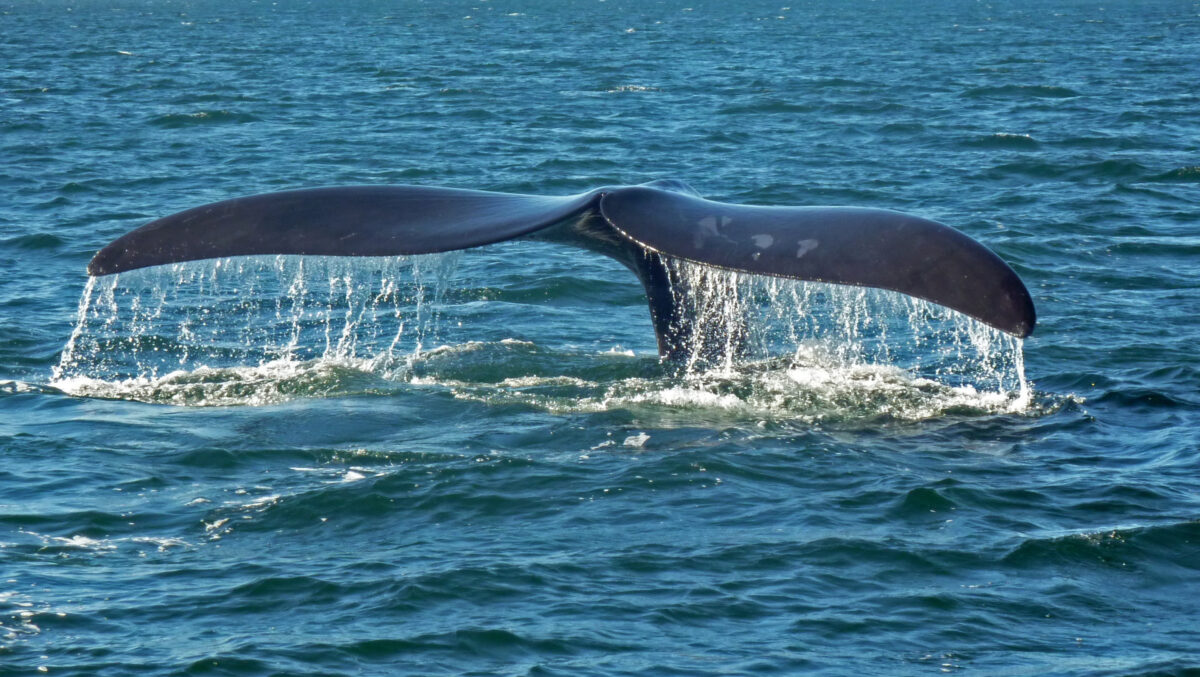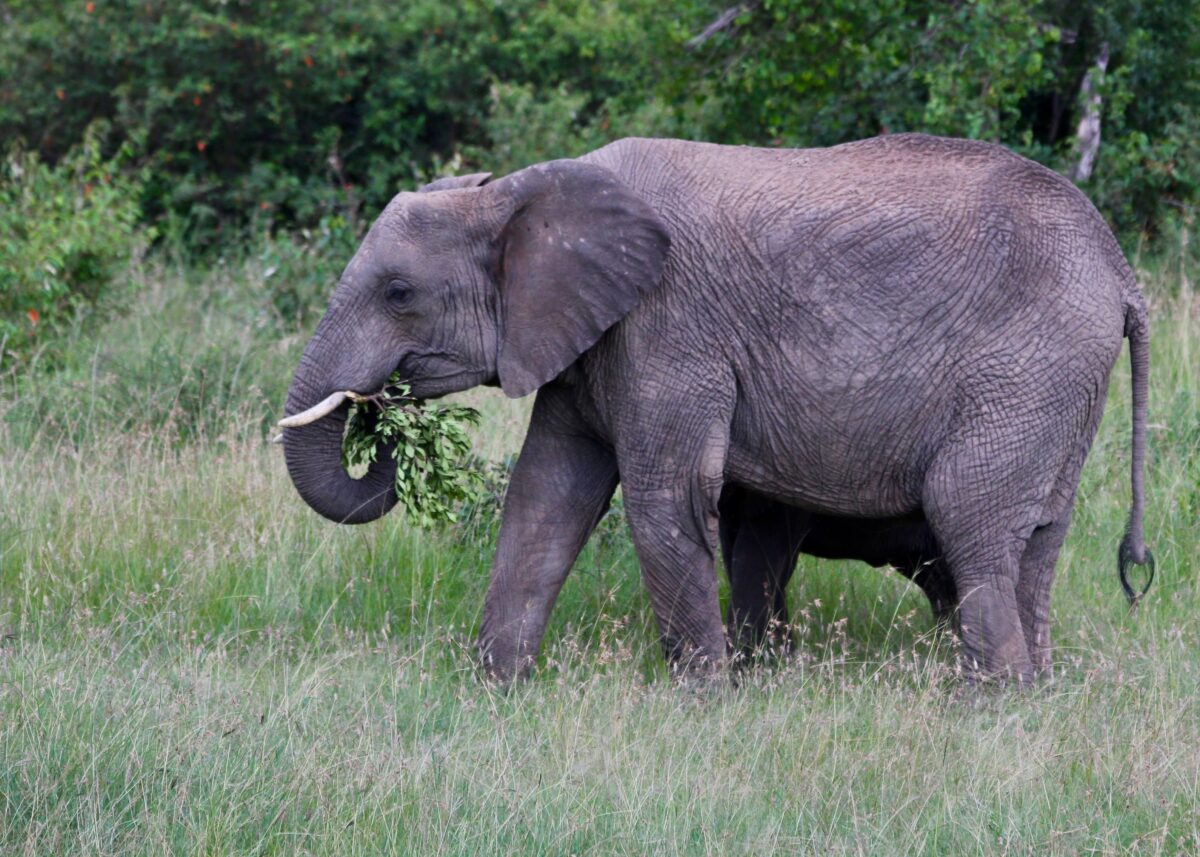Despite their immense size, whales are tricky to track. Considering they have more than 135 million square miles of ocean to roam, whales’ whereabouts are largely unknown by researchers.
Marine ecologists have spent decades trying to understand the migratory patterns of a threatened species south of the equator, the southern right whale. New findings published in Proceedings of the National Academy of Sciences suggest tiny skin samples on some of the ocean’s largest known inhabitants can help to improve conservation efforts for threatened southern right whales, Eubalaena australis.
To conduct the study, an international consortium of researchers collected whale skin samples by shooting a retrievable dart that removes a small patch of skin. Then, the ecologists measured the various amounts of carbon and nitrogen isotopes — elements with different numbers of neutrons and distinct masses – in the 1,002 skin samples collected. The ratio of these elements reveals where the whales have been and where they have been feeding because different whale feeding areas have distinct elemental ratio signatures. The whales absorb the elements into their tissue by feeding and it takes around six months for a whale’s meal to turn into fresh skin. Therefore, the researchers were able to track where the whales had been six months prior.
The skin sample ratios showed that the prime foraging habitats for southern right whales were the coasts of South Africa, Australia, New Zealand, Argentina and Chile, where, unfortunately, they have also been slaughtered for decades. Southern right whales were returning annually to these areas for their high supply of prey, putting the whales in danger due to hunting.
Southern right whales’ migration patterns have changed over time, yet they continue to migrate to dangerous coasts for foraging, according to the findings. As a result, conservation efforts must be exercised in areas with high whaling activity to prevent the extinction of whale species.









